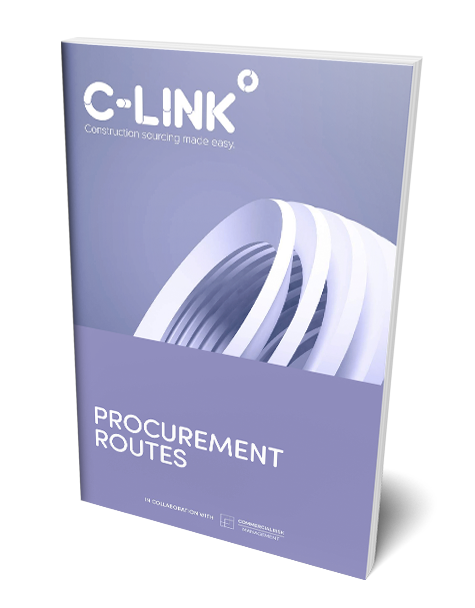Eggs in one basket – weighing up the risk of multi-letting packages to one subcontractor

- blog
- >
- weighing-risk-multi-letting-packages-one-subcontractor
I was letting a ventilation package to a subcontractor and there was a big AHU (air handling unit) partially connected to the package. With the AHU, my initial thoughts were to buy the unit and have the ventilation subcontractor install it. Although this was my planned method to proceed, at tender, I asked the ventilation subcontractors to break out their price and quote for both the ventilation unit and the supply and fit of the AHU, but to break it down.
During the procurement phase on this project, I was massively overworked and under pressure. There was a large variation account on the project (£2 million on a £4.5 million project). Due to the growing number and size of the variations, the client became very cost sensitive and put together a very intricate and time-consuming variation procedure. They were asking us to identify any changes from original drawings and specification. When we identified and raised any changes, they would send a change control for me to price (some of this information could be 100 drawings), and tell me to price for all changes. They would also want to agree every variation upfront before instructing the works to be carried out, which would cause so many different delays.
All of this work on variations meant I was completely squeezed for time on my other tasks, which included procurement. So, when the quotes came in for the ventilation package and AHU unit, I reviewed the quotes, and decided that the minor uplift in cost to combine the two were worth the time savings of me managing two separate subcontractors or buying the unit myself. I was still making money by putting the packages together and I thought I could mitigate some risk by passing on responsibility for both to one contractor and any potential variations that arise.
After we entered into contract with the subcontractor, we found that they took a lot of time messing around with drawings and they seemed to operate in a very fragmented way.
In a passing conversation, my site manager asked what the lead-time was on the AHU unit. I didn’t know. After I did some digging, I found out that it had an 8-week lead-time, and we were around 6 weeks away from when the AHU was scheduled for install. Because of how the subcontractor had been operating, I felt the urge to double check that they had ordered the unit. I sent a request for proof that the AHU had been ordered, and it turned out that they hadn’t ordered it and weren’t aware of the lead-time either.
It was touch and go on the programme that the AHU would be delivered on time and there were risks of delays and LADs. The subcontractor had been procured five months before we needed them on site, so they had plenty of time to organise their own procurement. In hindsight, I wish I’d not gone down the route of giving them the AHU package. If they had just done the original ventilation package, we wouldn’t have had a problem. I didn’t view the AHU as a high-risk item. I wasn’t aware that the AHU was on an 8-week lead-time when I issued the tender.
Weighing up the risk
Where there could be long lead-in items for purchasing, you can be exposed if you’re multi letting multiple packages to certain contractors. If you can purchase the item and keep control of it directly, this should be considered and maybe worth spending the extra time on the procurement.
Subcontractor selection may have been slightly off in this case, but I needed to look at where this package and installation landed in the programme to make a calculation on the risk. If it takes 8 weeks to procure the unit, it lands in the middle of the job and isn’t on a critical path, it’s not an issue and you can afford to take that risk if you choose. However, if the item in question lands on a critical path, I should have strongly considered ordering the item directly to avoid any potential delays or issues.
With any risk analysis in procurement, you also need to consider whether it’s worth spending the extra time to procure another package to avoid the risk of multi-letting to one contractor.
You thought you were shifting all the risk to the subcontractor, which you were. But, even if you do, and everything goes wrong and it’s their fault, it still comes back to your door. It messes up your programme and messes up your relationship with the client. If you have to go legal to recoup costs, you may win that legal battle, but you can never recoup the total loss of all indirect costs.
Even if you’re shifting risk from a contractual basis, there are risks that can’t simply be shifted contractually or otherwise.
Image credit – All my eggs in one basket by Richard P. Grant used under CC BY-SA 2.0
About Paul Heming
Paul was a Quantity Surveyor who gained 10 years experience of managing £200 million worth of flagship UK projects, including 20 Fenchurch Street and Battersea Power Station. In 2015, Paul founded C-Link with the intention of sharing his expertise of managing major projects with the SME market.
-
Free Resources

Procurement Routes
Download now
